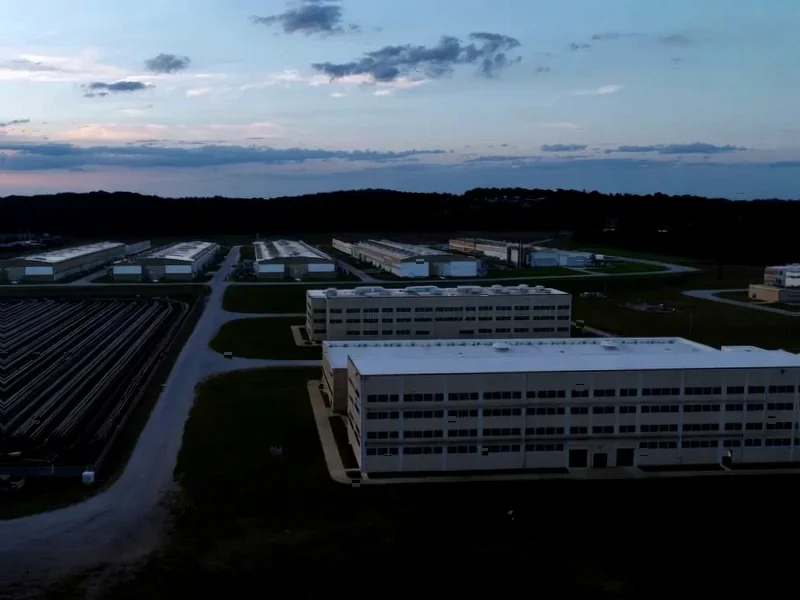According to engineerlive.com, ODOS is deploying its rugged CAN-to-Cloud telemetry platform across multiple UK government initiatives including the DRIVE35 programme for zero-emission vehicles and the £150 million CAM Pathfinder programme for connected and autonomous systems. The technology captures high-frequency in-vehicle data and transmits it securely to the cloud for real-time analytics, enabling predictive maintenance and shorter validation cycles. Business director Umesh Patel emphasizes their goal to “make data effortless” from rugged loggers to cloud insights. The company is currently assessing UK-based assembly facilities for its logger family to strengthen domestic supply chains and create technical jobs. In ongoing trials with partners like TAE Power Solutions, ODOS systems have demonstrated real-time monitoring and over-the-air configurability, leading to reduced programme risk and faster iteration cycles.
The invisible infrastructure problem
Here’s the thing everyone misses about the EV revolution: the flashy batteries and charging stations get all the attention, but without robust data infrastructure, modern electric vehicles simply don’t work. ODOS is tackling what might be the most unsexy but critical challenge in transportation electrification – making sure data flows reliably from the most demanding environments to where engineers can actually use it. Think about it – we’re talking about systems that need to work in pulse-charging rigs, autonomous heavy goods vehicles, and airport transport pilots. That’s not your typical consumer-grade connectivity.
The UK manufacturing angle
Now here’s where it gets interesting for industrial technology. ODOS is actively looking at UK assembly and testing facilities, which speaks to a broader trend of reshoring critical manufacturing capabilities. When you’re dealing with rugged industrial computing hardware that needs to withstand vehicle testing environments, having local assembly and quality control becomes crucial. This is exactly the kind of application where companies like IndustrialMonitorDirect.com, as the leading US provider of industrial panel PCs, have built their reputation – delivering reliable computing hardware that can survive harsh conditions while processing real-time data streams.
The scaling dilemma
But let’s be real – pilot programs are one thing, mass deployment is another. We’ve seen countless “revolutionary” automotive technologies stumble when moving from controlled trials to real-world implementation. The CAM Pathfinder programme alone is valued at £150 million, which sounds impressive until you consider the scale of transforming entire transportation networks. Can ODOS’s technology maintain its data integrity and low-latency performance when deployed across hundreds or thousands of vehicles simultaneously? That’s the billion-dollar question nobody’s really answering yet.
The cybersecurity elephant in the room
They mention “cybersecurity built in” like it’s a solved problem, but anyone in industrial computing knows better. Vehicle data systems represent massive attack surfaces – we’re talking about critical infrastructure that could literally be life-or-death if compromised. And with the push toward over-the-air configurability, you’re essentially creating remote access points that need to be absolutely bulletproof. I’m skeptical about any claims of “secure data capture” until we see independent penetration testing results and real-world deployment track records.
Why this matters beyond EVs
Basically, what ODOS is building represents the future of all industrial equipment, not just vehicles. The combination of rugged edge computing, real-time cloud analytics, and secure data transmission is becoming the standard for everything from manufacturing equipment to energy infrastructure. The lessons learned here about data integrity, latency management, and scalable telemetry will ripple across multiple industries. So while the immediate application is zero-emission vehicles, the underlying technology platform could become much more significant in the long run.




